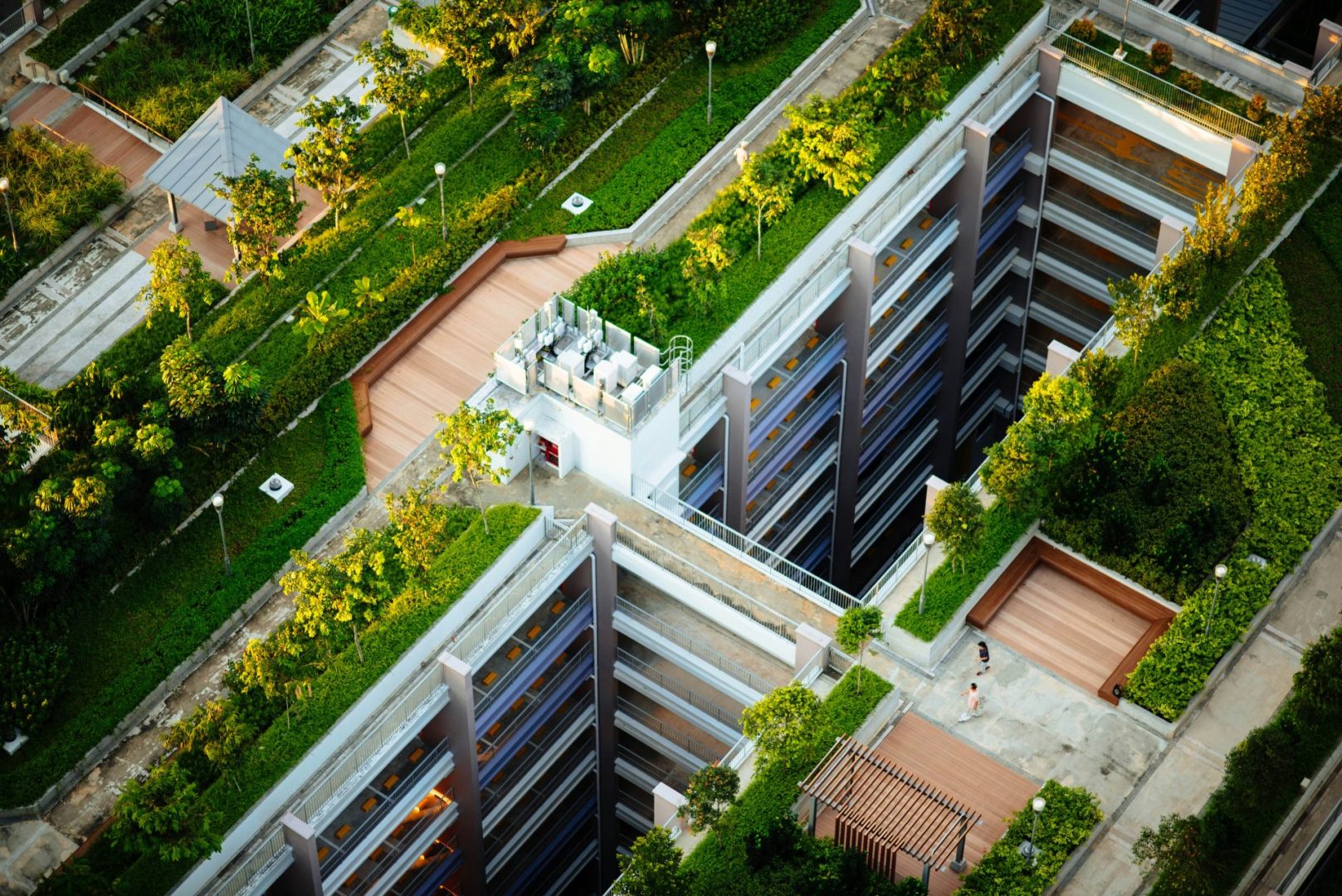Revised Energy Performance of Buildings Directive 2024
What is the Revised Energy Performance of Buildings Directive?
In April of this year, the EU revised and republished its Energy Performance of Buildings Directive1, bringing with it new measures to reach its ambitious energy goals and tackle the ongoing climate crisis. This includes the aim to achieve a fully decarbonised building stock by 2050. Why? Roughly 40% of energy consumed across the whole of the EU is used in buildings, including heating, cooling, and lighting. 85% of buildings in the EU were built before the year 2000, roughly 75% of which report a poor energy performance2. The real estate sector therefore plays a crucial role in achieving the EU’s decarbonisation objectives.

